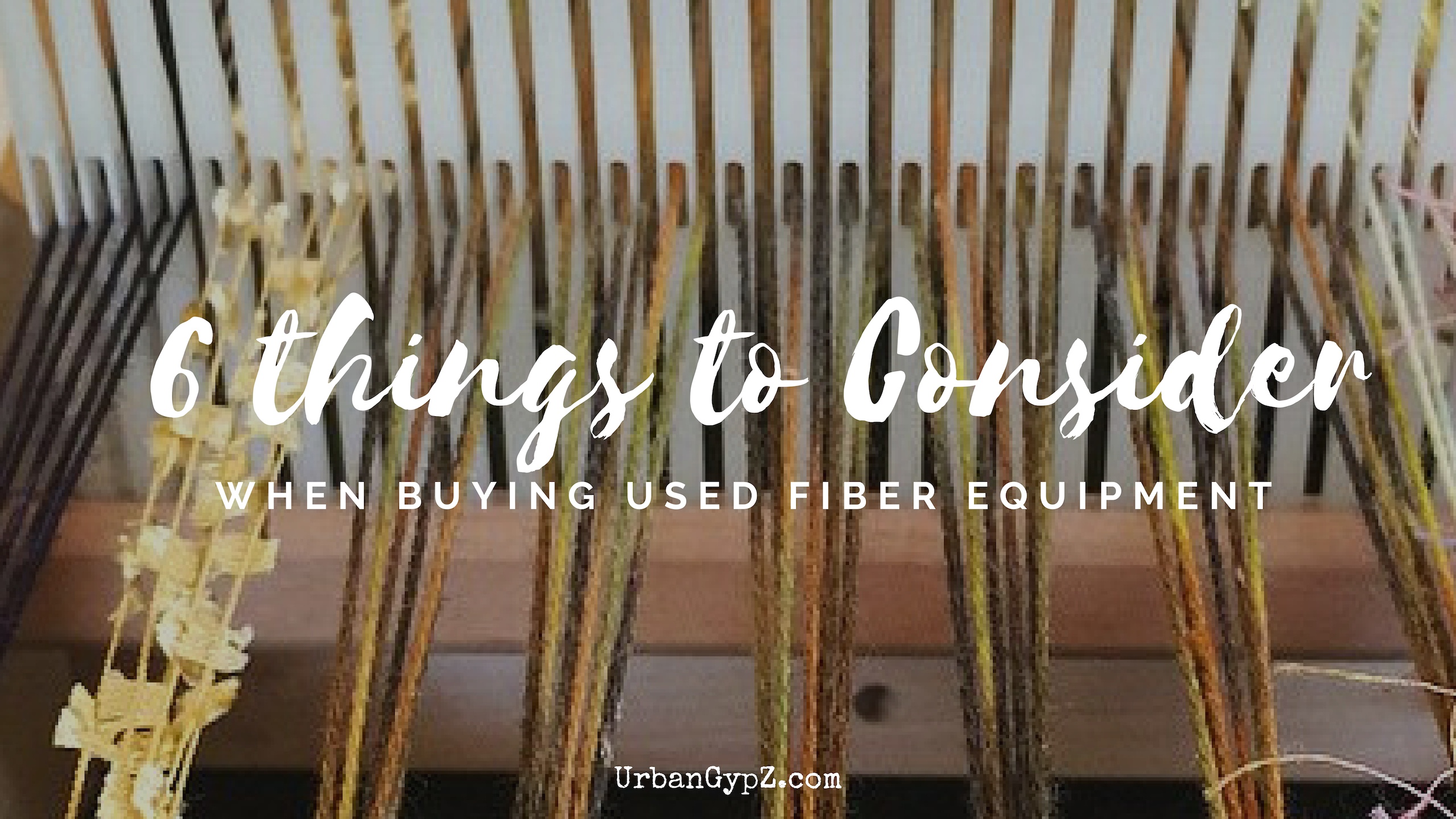
Buying used looms, spinning wheels, and drum carders can be a bit of a crap shoot. There are some bargains, but there are also some scams. It breaks my heart to hear about transactions gone awry. It does happen and often it is neither the seller or the buyers fault. but I get it. Half of my big pieces of fiber equipment were purchased used. So today fiberista I am sharing with you 6 things you should consider when buying used equipment.

Try equipment you think you want. If you are able get to your local fiber guild or fiber festival and try any equipment you want to buy. Know the features you would like to have, and see if you like the feel of how they work. Spinning wheels in particular are apt to feel different to different spinners. You might be surprised at what you love once you actually try the equipment. I went to a saori workshop thinking I would want the big 4 shaft loom. But once I actually spent the afternoon weaving, I really loved the smaller lightweight loom. good to know since there is a $1500 price difference. If you find yourself at a festival or shop that has different equipment to try, try it all even if you are not yet in the market for those pieces. It might be a while before you can try it out again.
Be aware of brands that have gone out of business. It is not necessarily a deal breaker if the maker of your dream loom no longer exists. but it might be a pain to get replacement parts for that loom. you may need to purchase a separate loom for parts, or have things custom made. This is also true of handmade equipment. This is especially true if you are a new weaver/spinner/fiberista. I bought an out of production Structo loom for $50. It was a great price, but I spent 3X that getting it into service. Still a good price. But in hindsight, I don’t thing I would have bought that as my first loom because it was out of production and finding resources was difficult for new weaver.
Know your prices. I know this sounds like a no brainer. Fiber equipment often holds its value, so many times the prices are close to buying new. In many of those cases, buying new over used will often afford you free shipping with insurance, a refund policy, and customer support. It is also good to know the prices of accessories. Often used equipment comes with all the accessories which may add more value to what you are buying. Sometimes this is awesome, sometimes it is unnecessary. I mean do you really need a second warping board? Are you willing to sell the stuff you don’t need? That could sometimes offset or even pay for the equipment.

Think twice about having it shipped. I get it. You find your dream loom, great price, but it is 37 states away. Awesome! They are willing to ship it. Woah! Stop for a minute. Are you sure you are seeing the most recent images of this loom? Do you know this person? Have you hammered out what will happen if the loom gets lost or is damaged? Twice in the last 6 months I have heard horror stories of people receiving damaged equipment which spiraled into nasty disputes. Used equipment rarely is sold with guarantees. Individual sellers do not alway carry insurance to cover possible damage when shipping equipment. As sturdy as an item may seem, fiber equipment is actually somewhat fragile. When bought new, most of the time you have to assemble it yourself because it is safer to ship in pieces. It is worthwhile to limit your search to how far you are willing to travel to fetch what you find.
Don’t buy used equipment sight unseen. Seriously, 27 uploaded photos might not show a jammed part, missing piece. or hidden damage. Worse yet, there are actually phishing scams out there. So your dream wheel might just be a series of hijacked photos. Just go look at it. You can always walk away from a disaster.
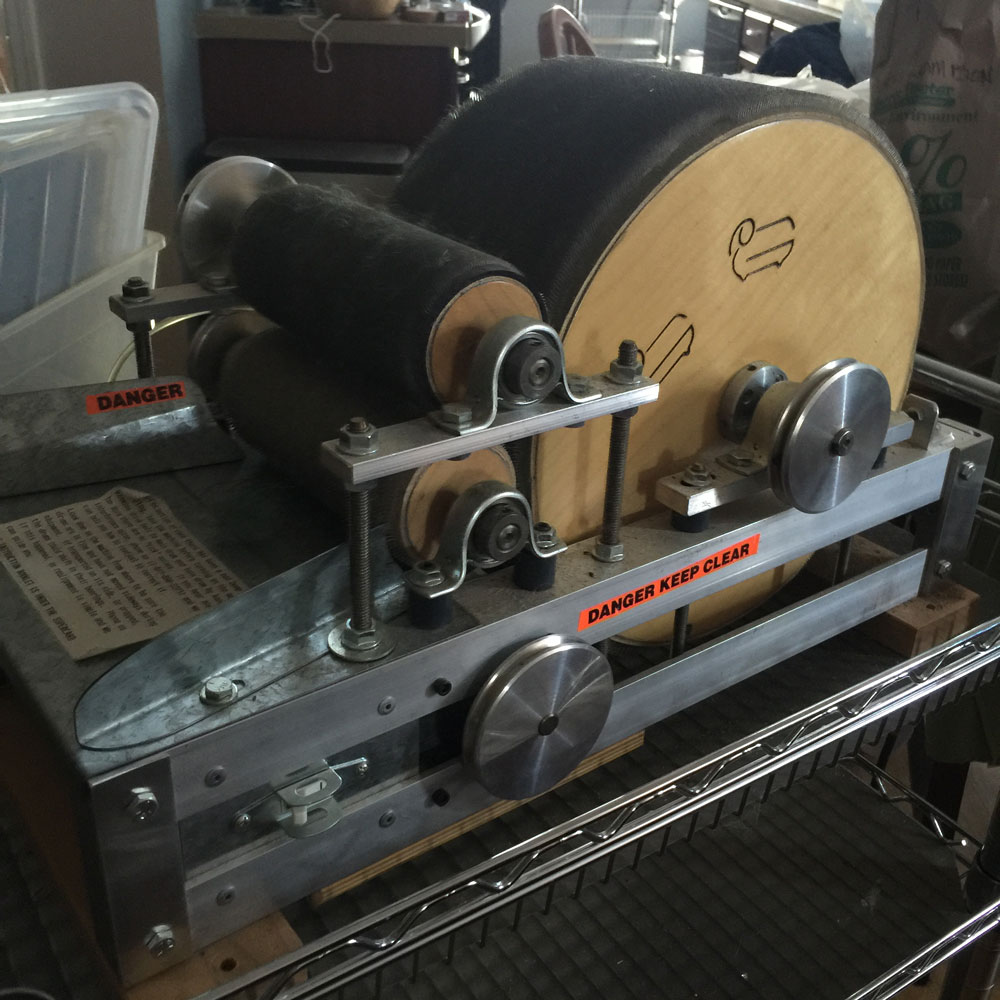
Just be smart about meeting in person. Fiber peeps are usually a community of wonderful caring people. Fiber equipment is not always being some by a fiberista. It might be a relative, or someone who bought an auction lot. Meet in a public place, bring a friend. This can be tricky if it is a large piece of equipment. Just be safe. Arrange to meet at a fiber guild meeting, police station, or fiber festival if you can.
Buying used equipment can be a godsend. Just be careful. Next week I am going to share with you some of my favorite places to search for used equipment.
Sign Up for the UrbanGypZ Fiber Arts Collective
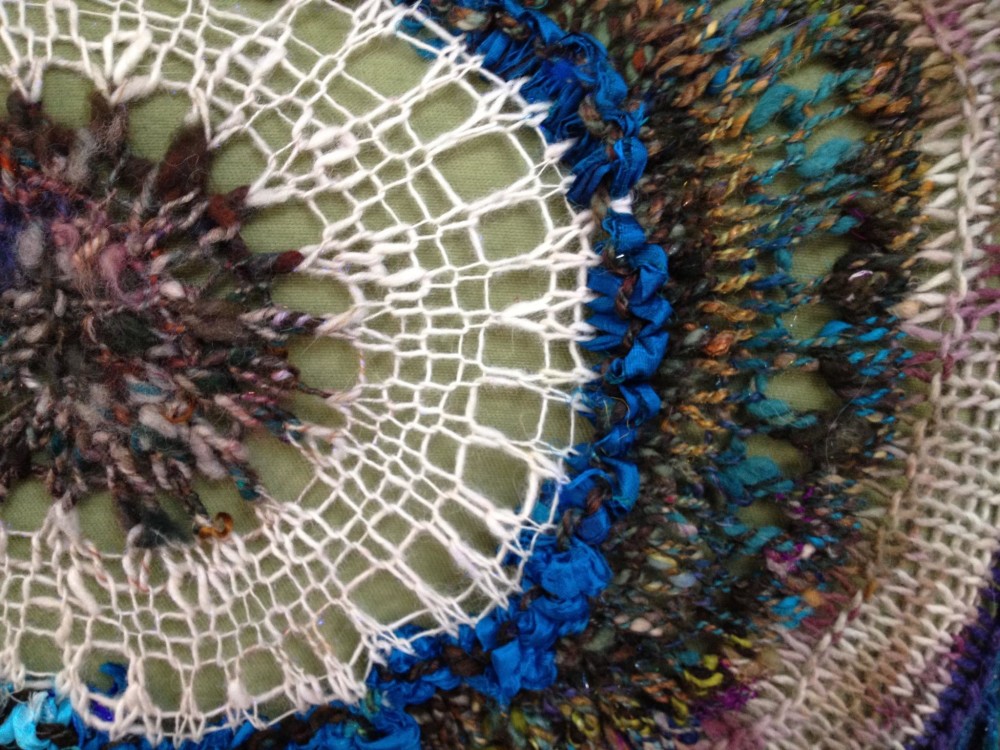

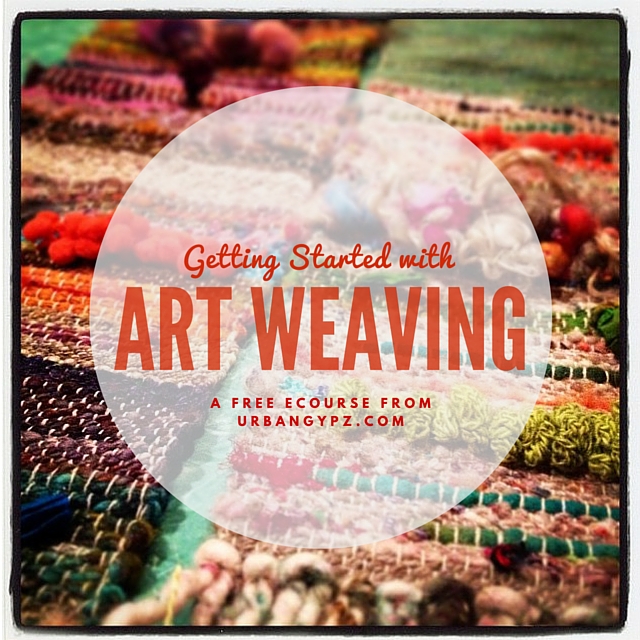
 Fiber artist Stacey Budge-Kamison AKA UrbanGypZ lives and works in Cary NC. She can also be found knitting in public, hammering out her latest e-course at local cafés and spinning yarns in her booth at her favorite arts festivals. A designer at heart, Stacey has decided that her mission is to help fellow knitters, crocheters, weavers and felters embrace their own style and creativity by exploring fiber art as it is a part of their everyday life and helping them embrace the title of artist no matter where they are in their journey.
Fiber artist Stacey Budge-Kamison AKA UrbanGypZ lives and works in Cary NC. She can also be found knitting in public, hammering out her latest e-course at local cafés and spinning yarns in her booth at her favorite arts festivals. A designer at heart, Stacey has decided that her mission is to help fellow knitters, crocheters, weavers and felters embrace their own style and creativity by exploring fiber art as it is a part of their everyday life and helping them embrace the title of artist no matter where they are in their journey. 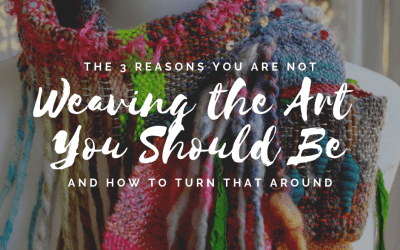

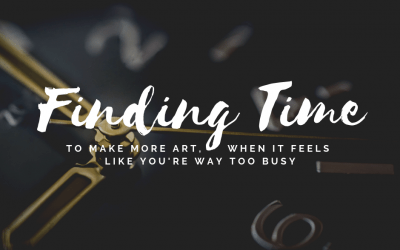


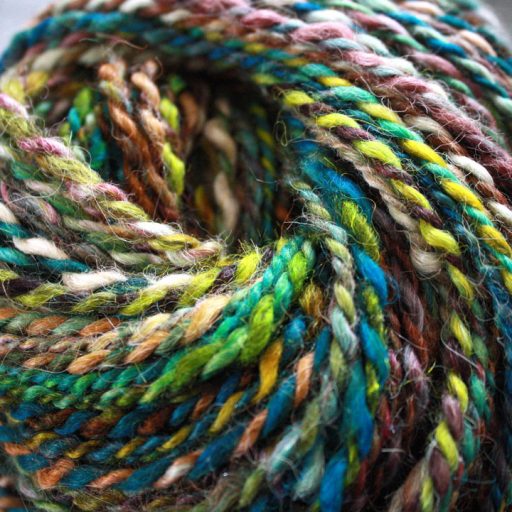


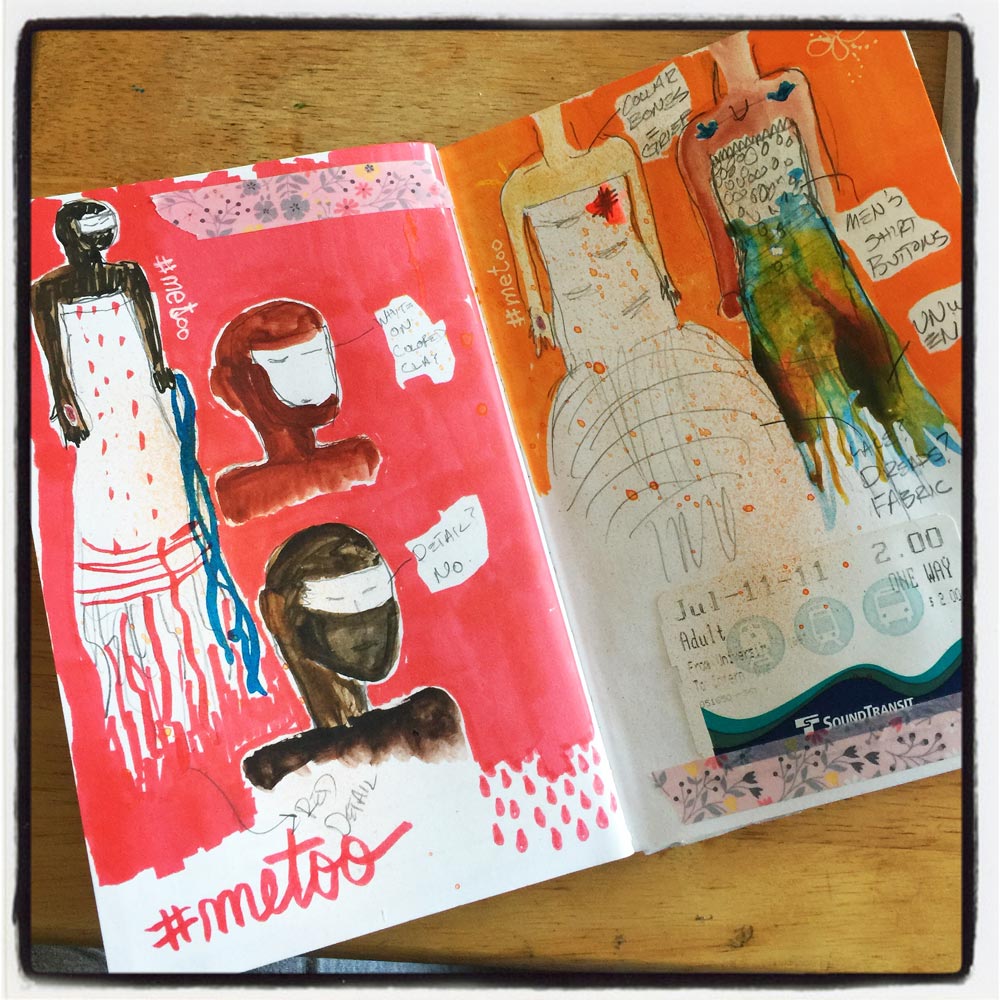
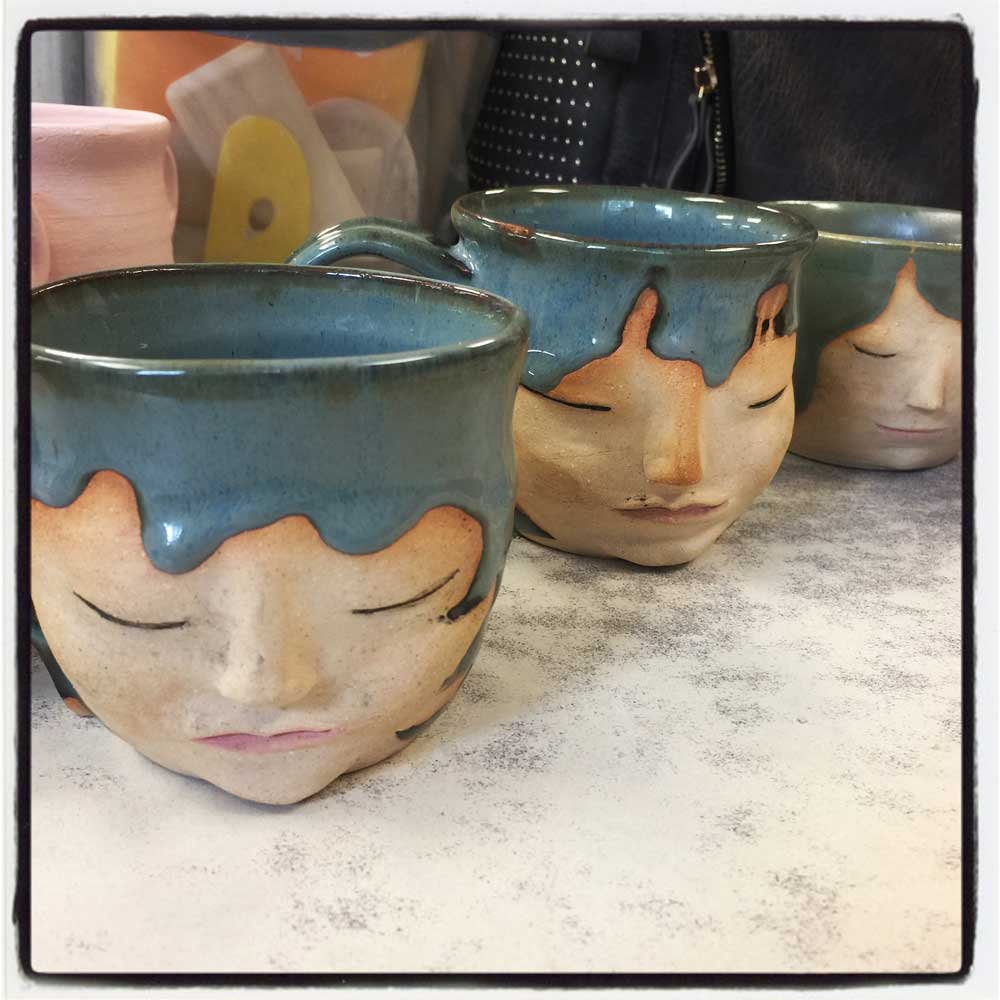



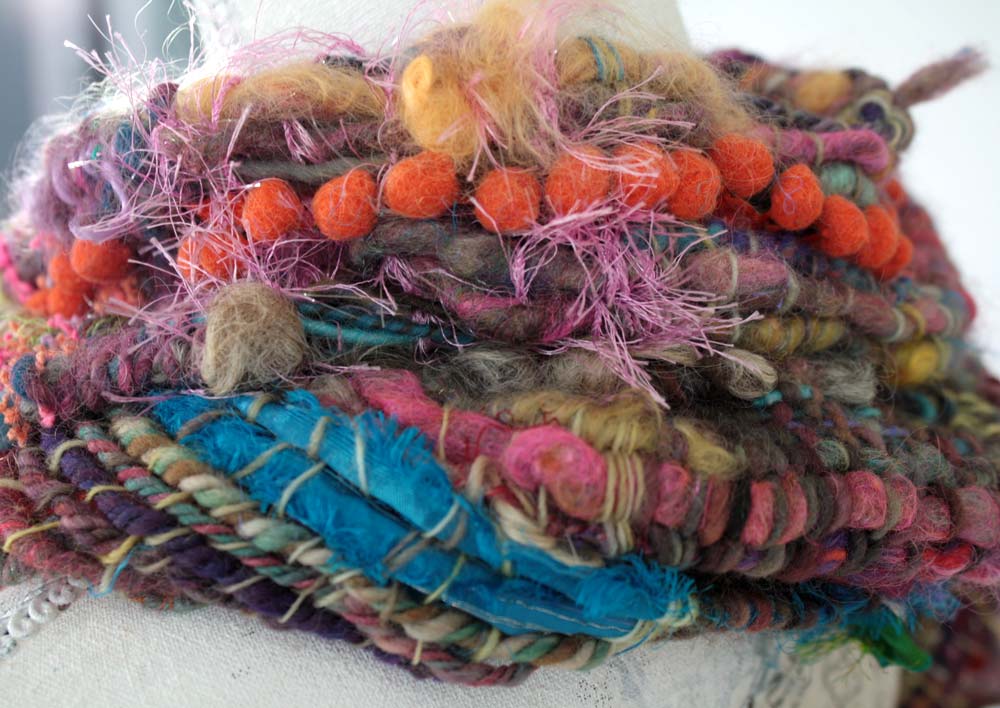
For buying a wheel and getting it moved cross country when it’s too fragile to ship, as with an antique wheel. Ravelry members who are spinners or fixers of antique wheels have connected themselves in a sort of railroad (all volunteers) and will bring it from point A to point B. Each person along the route takes it from another spinner and gets it closer to you. It takes time and sometimes there are delays due to unforeseen human or weather issues, but this one way to deal. https://www.ravelry.com/groups/antique-spinning-wheels See the first post “Wheel Railroad Volunteers”.
What an awesome system! Thanks for sharing that link. Will have to check it out. I still would be hesitant to buy used equipment sight unseen, unless the person at transport could fill in for buyer as if she were buying it herself. Better yet to even FaceTime at time of pick up and transaction to make sure it is what they want, all parts accounted for, and verify there is no damage. I would not send money (maybe a refundable deposit to hold) until that could be verified.
I just recently purchased a wheel via Ebay that was great. It was a travel wheel so small. I have purchase several things on craigslist which means I can see it. There are bargains to be found but you have to know the market and do your research!